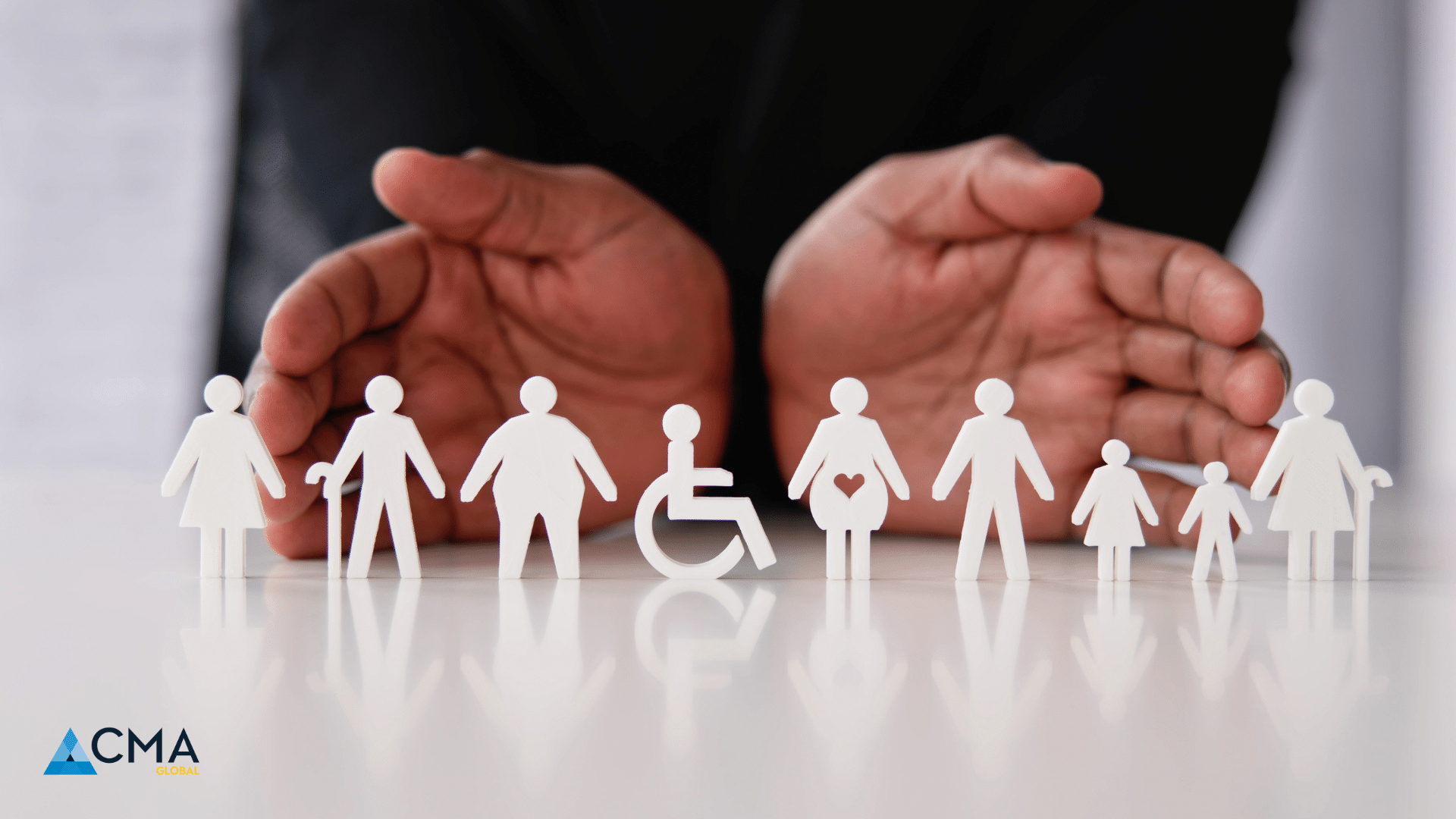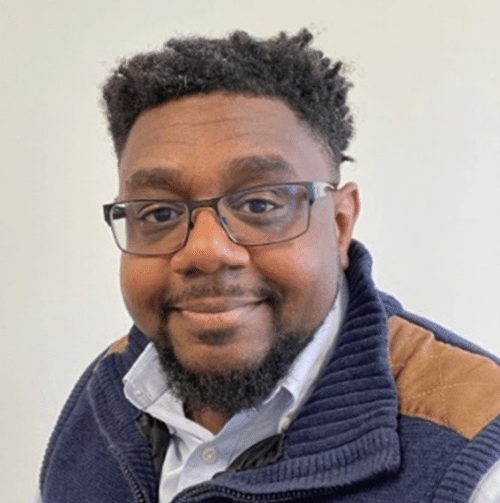Debunking 7 Myths about Diversity, Equity and Inclusion (DE&I) Work

Considering the socio-political shifts in recent years, many have questioned the relevance of diversity, equity, and inclusion (i.e., DE&I). Here’s my response to a few myths about DE&I.
Myths #1-3 = DE&I is about hiring unqualified candidates, which is “un-American,” nonmeritocratic, and reverse, racism-especially since things are much better!
First, not only is hiring unqualified candidates obviously not good for your company, it’s also not good for DE&I efforts as it falsely reinforces negative stereotypes about a lack of competence among the historically underrepresented and marginalized. Second, America’s history of systemic discrimination has already established that “talent” was not why there was an overdistribution of opportunities to majority groups. Third, we’ve already seen this country when left unchecked (see US history pre-1964 Civil Rights Act). Therefore, staying accountable for how historically marginalized communities are treated helps everyone better live up to meritocratic ideals. Hence, “reverse discrimination” claims only make sense if you believe discriminating is a right of your majority group identity and DE&I is keeping you from it.
Myths #4-5: Since the Civil Rights Act of 1964, DE&I is no longer an issue, so isn’t continuing to talk about it making it worse?
The Civil Rights Act of 1964 outlawed discrimination based on race, color, religion, sex, or national origin in many areas of public life (e.g., employment, public places, voting, etc.). The fact that such laws exist and are needed around the world highlights an innate human tendency which allows us to conclude two things: 1) there will always be a need to hold ourselves accountable for how we treat each other, and 2) making something illegal doesn’t keep it from happening. Moreover, I’m not aware of many human challenges that are solved by ignoring them.
Myths #6-7: I’m a White, non-disabled, cisgendered male who is not “diverse.” So, what is the deal with this “equity” and “inclusion”?
Given the world’s global history of war and conflict, simply having different people on the planet doesn’t mean they’ll be allowed to flourish. So, even within your organization, having an opportunity structure accessible to all (i.e., equity) means more than just having them in the room (i.e., diversity). It means being a part of decision-making, establishing organizational culture, and being free to provide valued insights which are valued because they are different (i.e., inclusion). Moreover, since “diverse” simply means “different” and we are all different from each other, White non-disabled cisgendered men are not to be on the sidelines cheering or booing the historically marginalized or underrepresented. Rather, you are in the boat with us. So, pick up your oar, listen, tell your story, and start paddling.
